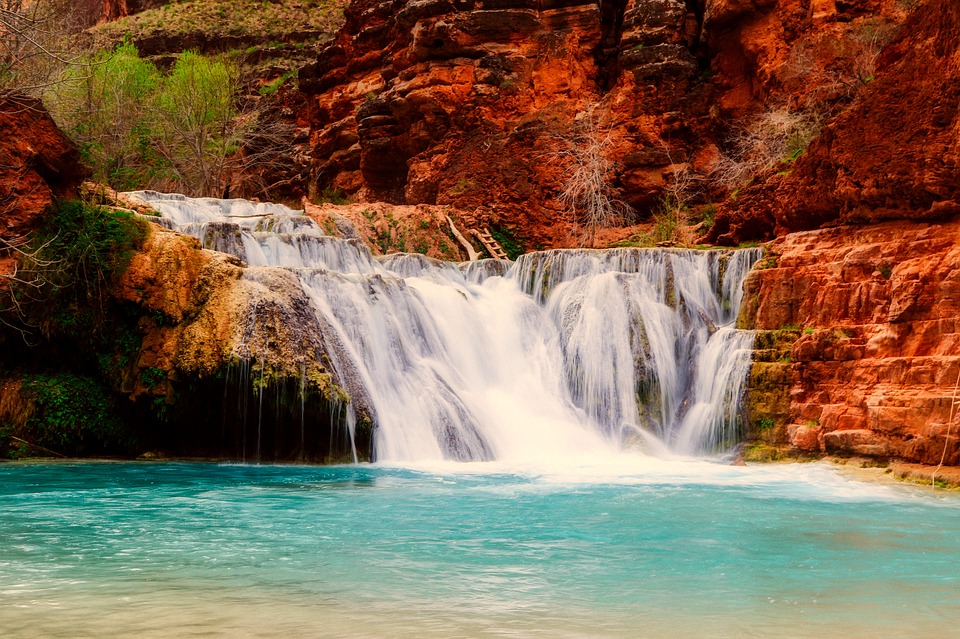Chapter 12 Streams and Flooding
While water is found throughout the Earth as a component of rocks, living life forms, gases encapsulating the rocky planet, and frozen on the surface, we tend to think of it primarily as as free-flowing liquid. While streams, a body of water that flow’s on the Earth’s rocky surfaces, represent a very small fraction of the total water found on Earth, they are an incredibly dynamic and important feature. In this chapter, we are going to focus on stream dynamics and water flow, especially during flooding events. Streams can be called by many names: rivers, creeks,streams rivulet, tributaries, etc. Regardless of the name, they are one of the most important movers of water and sediment on the surface of Earth. Though they vary in size, streams can become overwhelmed by excess water and turn into dangerous, flows of water that can destroy any obstacle in its path. Historically, floods were also the most fatal disaster events, but deaths have been declining nationally due to steps taken to prepare for and recover from flooding. Globally there is still cause considerable loss of life in impoverished countries, and huge losses to infrastructure in more affluent societies.

Learning Objectives
After this chapter, you should be able to:
- Explain the hydrological cycle and its relevance to streams
- Describe a drainage basin and its importance in flooding events
- Describe the processes by which sediments are moved by streams and the flow velocities that are necessary to erode them from the stream bed and keep them suspended in the water
- Describe the annual flow characteristics of typical streams and the processes that lead to flooding
- Describe some of the important historical floods in the United States
- Determine the probability of a flood of a particular size based on the flood history of a stream
- Explain some of the steps that we can take to limit the damage from flooding
a body of water that flow's on the Earth's rocky surfaces
a body of water that flow's on the Earth's rocky surfaces

